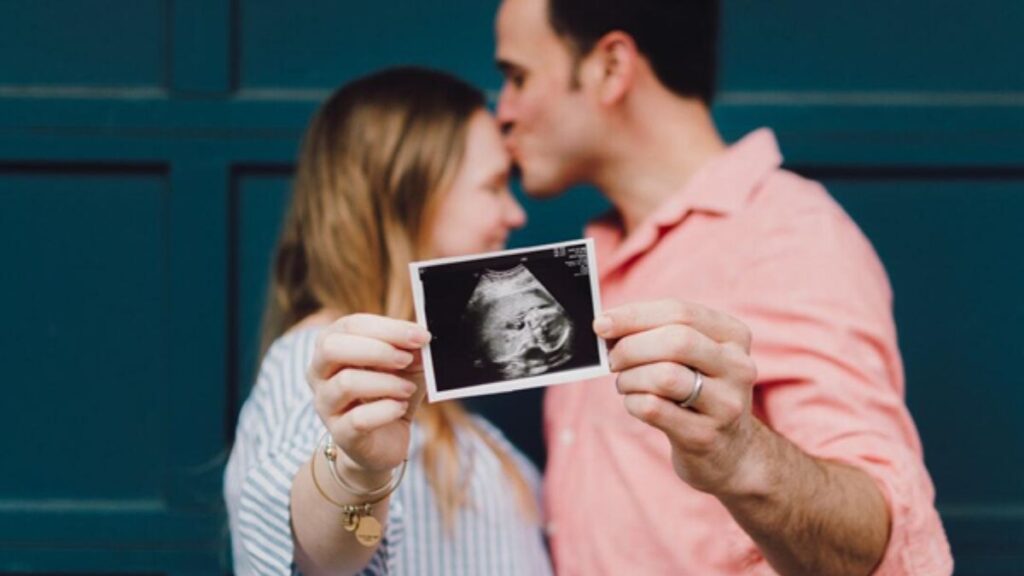Consider that the journey to motherhood often involves complex decisions. For many women, tubal reversal is one of them.
This procedure, often termed tubal ligation reversal, seeks to restore fertility after a woman has undergone a tubal ligation. This is when the fallopian tubes are cut or blocked to prevent pregnancy. Many women find themselves contemplating this option due to changing personal circumstances or a renewed desire to expand their family.
Understanding tubal reversal is essential for making informed decisions about reproductive health. This directly correlates with both health and lifestyle implications.
What Is Tubal Ligation Reversal?
Tubal reversal is a surgical procedure involving the reconnection of the fallopian tubes. This makes it possible for a woman to conceive naturally.
The aim is to treat the condition caused by tubal ligation. This creates barriers for the sperm to meet the egg. Over the years, advancements in surgical techniques have improved the success rates of this procedure.
The success of a tubal ligation reversal largely depends on various factors. This includes
- the woman’s age
- method of her original ligation
- her overall reproductive health
Health Implications of Tubal Reversal
While tubal reversal offers hope for many women aspiring to conceive, it is imperative to understand the health-related aspects involved:
Risks and Complications
Like any surgical procedure, tubal reversal carries inherent risks, including:
- Infection
- Bleeding
- Scarring
- Ectopic pregnancy
Women considering this procedure should discuss these potential risks with their healthcare provider to fully understand the implications of their choice. The experience and technique of the surgeon also play pivotal roles in minimizing these risks.
Success Rates
Success rates for tubal reversal can be quite favorable. Factors influencing these odds include the age of the woman, the type of tubal ligation initially performed, and the woman’s reproductive history.
Generally, women in their twenties and thirties have better success rates compared to older women. A thorough consultation with a fertility specialist can provide personalized insights into expected outcomes.
Lifestyle Considerations Post-Surgery
Deciding to undergo a tubal reversal is not just a medical decision. It’s also about lifestyle implications that can enhance the chances of successful conception post-surgery. Here are some key considerations:
Nutrition and Health
Maintaining a healthy lifestyle is crucial before and after surgery. A balanced diet rich in vitamins and minerals supports reproductive health. Foods high in folic acid, for instance, are beneficial in preparing the body for pregnancy.
Additionally, regular exercise can improve fertility by promoting a healthy weight and reducing stress.
Emotional and Mental Well-Being
Fertility journeys can be emotionally taxing. Women undergoing tubal reversal should be aware of the mental health aspects of this transition. Seeking support through counseling or connecting with support groups can provide the necessary encouragement.
Additionally, practices like yoga and meditation can help manage stress and emotional health.
The Importance of Medical Guidance
Before deciding on a tubal reversal, women should consult with healthcare professionals specializing in fertility. A comprehensive approach often involves:
- Reviewing medical history
- Conducting necessary fertility tests
- Evaluating health and age factors
These evaluations will guide women in making the best decisions tailored to their unique circumstances.
Don’t stop here—take a look at what else we’ve got for you!
Understanding Tubal Ligation Techniques
To appreciate the implications and successes of tubal reversal, it’s vital to understand how tubal ligation was initially performed. Common methods include:
- Clips or clamps
- Banding
- Cauterization
The type of ligation performed often influences the reversibility of the procedure. Discussing with a doctor reveals the specific approach and potential outcomes associated with each type.
Financial Implications of Tubal Reversal
While a successful tubal reversal can lead to a desired pregnancy, it’s essential to consider the financial aspect of the procedure. Costs for tubal reversal can vary significantly based on factors like geographic location, surgeon expertise, and associated medical expenses.
Insurance coverage for this surgery is often limited. Hence, it is imperative to explore all financial options. This includes
- payment plans
- grants
- loans
Budgeting for Surgery and Recovery
When budgeting for tubal reversal, women should account for possible additional costs such as medication, follow-up appointments, and any necessary fertility treatments post-surgery. Should a couple need to proceed with In-Vitro Fertilization (IVF) afterward, additional costs must also be anticipated.
Community and Support Systems
Emotional and practical support from family, friends, and community can significantly influence the experience surrounding tubal reversal. Engaging with online forums can connect individuals with similar journeys. It offers a sense of solidarity and shared knowledge.
Couples may find that discussing their experiences fosters deeper connections and enhances their overall emotional well-being.
Are You Ready for Tubal Reversal?
Starting the journey of tubal reversal means getting ready both in your body and your mind. It’s important to ask yourself a few key questions before you begin.
How is your health right now? Are you feeling strong and ready to face any challenges that might come up?
Have you talked with a doctor and asked all your questions about the procedure? Do you have friends or family who can support you through this?
Thinking about these things can help you make a smart and healthy choice about having a tubal reversal’s.
Understanding Fertility Treatments Post-Reversal
After a tubal reversal, some women might still need extra help to get pregnant. Doctors can offer different treatments to make this easier.
One way is by giving medicine that helps the ovaries release eggs. Another option is called IUI. This is where the doctor puts sperm directly into the uterus.
If needed, there is also IVF. This is where the egg and sperm are joined outside the body and then placed in the uterus. These treatments can help increase the chances of having a baby.
The Power of Decision
Choosing to undergo a tubal reversal’s is a significant decision that can lead to motherhood and expand family dynamics in profound ways. Women must approach it with care, armed with knowledge about the process, the risks involved, and the lifestyle adjustments required afterward. It’s about harnessing the power of informed decision-making while embracing hope for the future.
Embrace Your Journey
Understanding tubal reversal means learning about how it can affect your body and your daily life. With good help from doctors and a healthy lifestyle, many women have a good chance of getting pregnant again.
If you’re thinking about this option, it’s a good idea to talk to a medical expert. They can help you get your body and mind ready, so you feel confident and prepared for the journey to becoming a mom.







